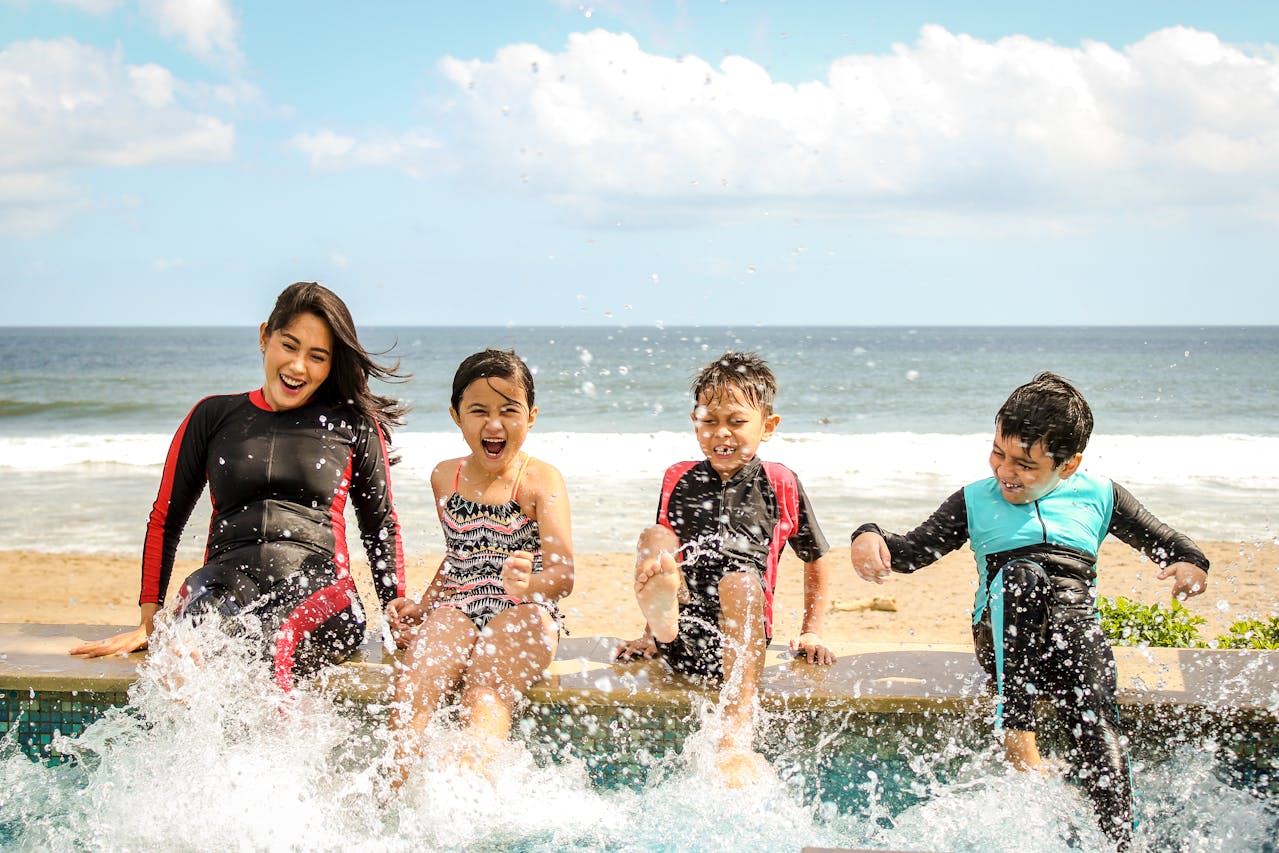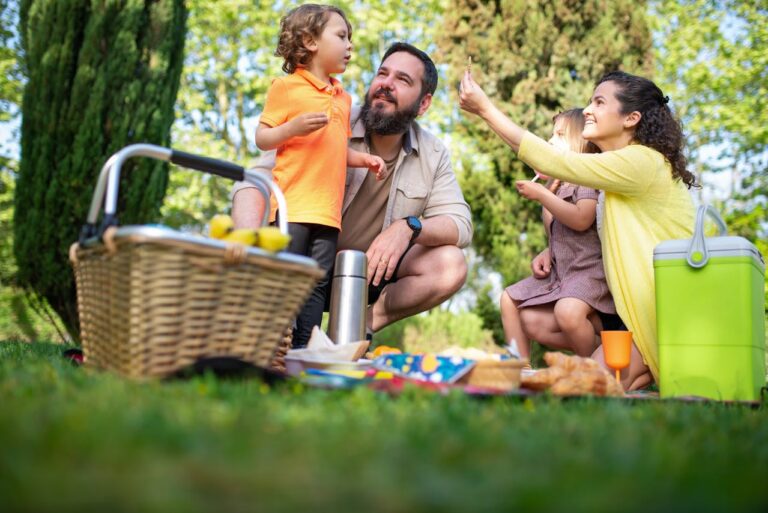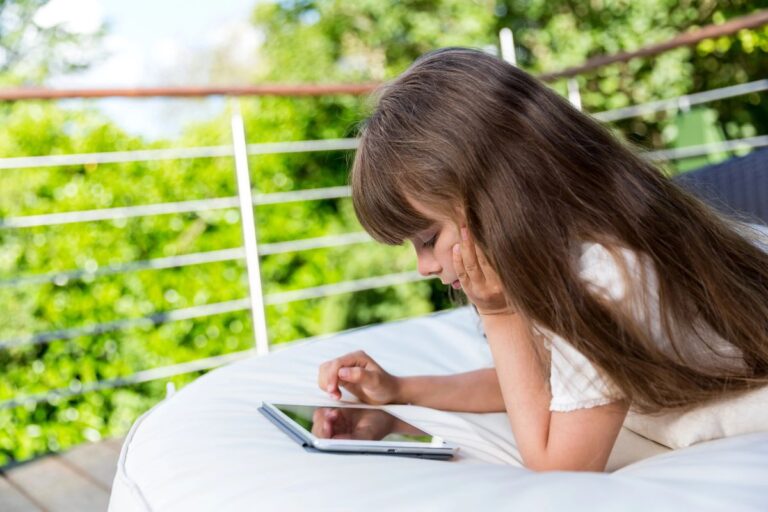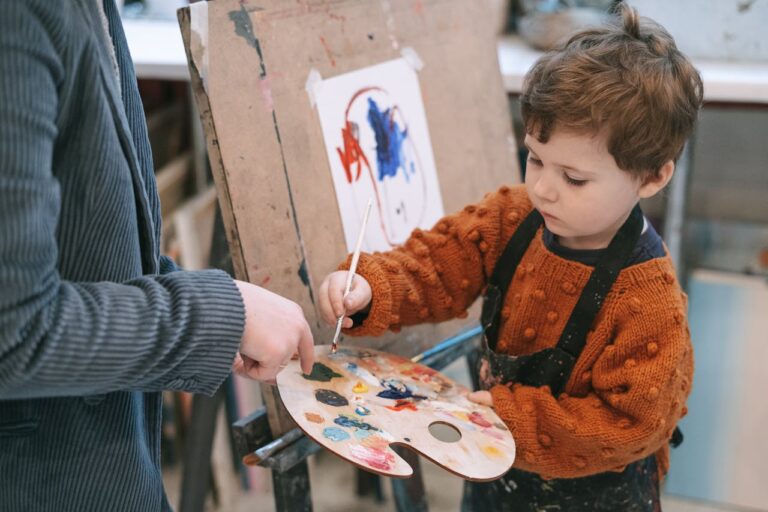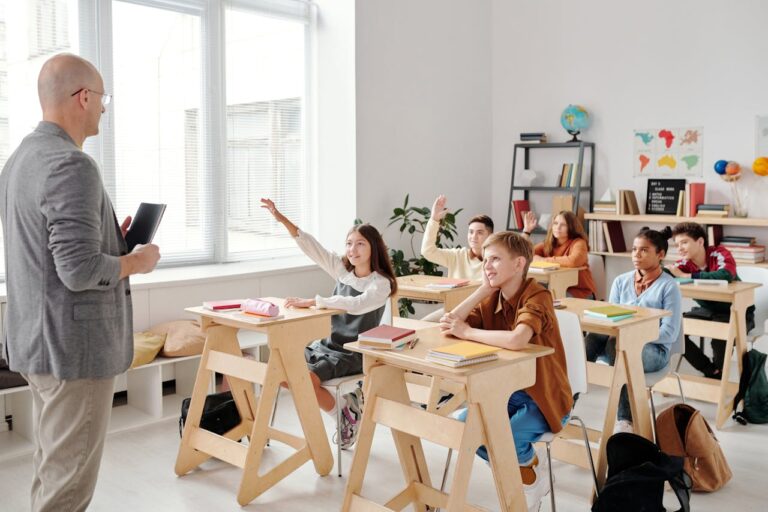10 Ways to Make Learning Fun for Kids at Home: Creative Tips to Keep Them Engaged
Keeping kids engaged while learning at home can be a challenge, especially when they have endless distractions around them. Finding fun and creative ways to make education enjoyable not only enhances their learning experience but also fosters a love for knowledge.
Incorporating playful activities and interactive methods can transform mundane lessons into exciting adventures. This article will explore effective strategies that you can easily implement to create a lively and engaging learning environment for your children.
Create a treasure hunt with educational clues

Setting up a treasure hunt can be a blast for your kids while sneaking in some learning. Start by creating fun clues related to math, science, or history, tailored to their age.
You can hide clues around the house that encourage them to solve problems. For instance, you might say, “Find me where you wash your hands and calculate how many letters are in the word ‘soap.’”
Don’t forget to include rewards at the end, like a treat or a small toy. This makes learning exciting and keeps them motivated. You can even let them help design the clues for their next adventure!
Turn math lessons into a baking session

Baking is a fantastic way to sneak in some math learning. As you measure ingredients, you can teach your kids about fractions. For example, ask them how many half cups make a whole cup.
When doubling a recipe, you can explore multiplication. This exercise helps with practical application and shows how math is used in everyday life.
Discussing baking times encourages discussion about time and even conversions between minutes and seconds.
Decorating cookies can bring in shapes and patterns. You can point out circles, squares, and symmetry while having fun.
Making baking a regular activity not only enhances math skills but also creates memorable moments in the kitchen.
Build a DIY Science Experiment Station
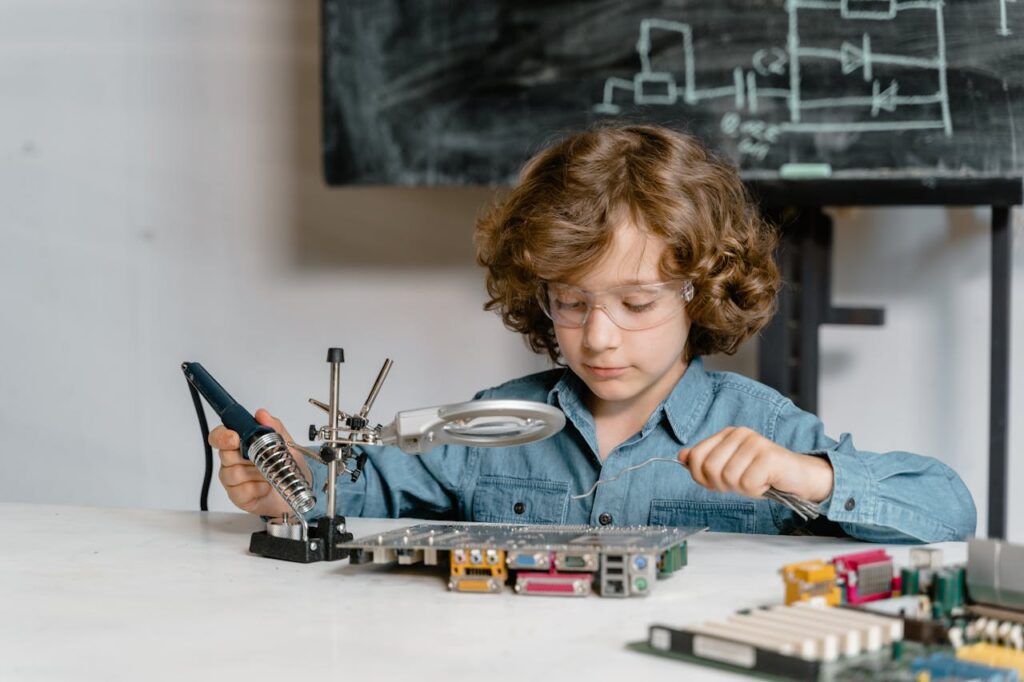
Creating a DIY science experiment station at home can be a blast! Start by picking a corner in your house where you can set up your experiments. It could be in the kitchen, living room, or even a spare room.
Gather supplies like baking soda, vinegar, and food coloring. These common items can lead to exciting reactions. You can explore simple experiments that are easy to clean up afterward.
Set up a table where everything is easily accessible. Label jars with the experiment names to keep it organized. This will help you and your kids know what to try first and spark their curiosity.
Host a Story-Telling Night with Puppets

Gather your family for a fun story-telling night using puppets. This simple activity can spark creativity and laughter.
Start by creating a cozy space. Use blankets and pillows to make it inviting. Prepare some simple puppets or even use stuffed animals.
Choose a favorite story or make up your own. Encourage everyone to participate and bring their characters to life.
You might find that kids enjoy acting out different scenes. This hands-on approach to storytelling can help develop their imagination and communication skills.
Don’t forget to applaud each performance to keep the energy high. A night filled with stories and puppets is sure to be a hit!
Make a Home Art Gallery with Kids’ Creations

Creating a home art gallery is a fun way to showcase your kids’ creativity. Choose a dedicated wall or space where their artwork can shine.
You can hang their paintings, drawings, or even 3D projects. Using clipboards or frames makes swapping out art easy and keeps things fresh.
Don’t forget to involve your children in the process! Let them choose what to display and where. This gives them a sense of ownership and pride in their work.
It’s a great way to celebrate their efforts and inspire more creativity. Plus, it adds a personal touch to your home decor. Enjoy the process and watch their artistic flair grow!
Use board games that involve strategy and math
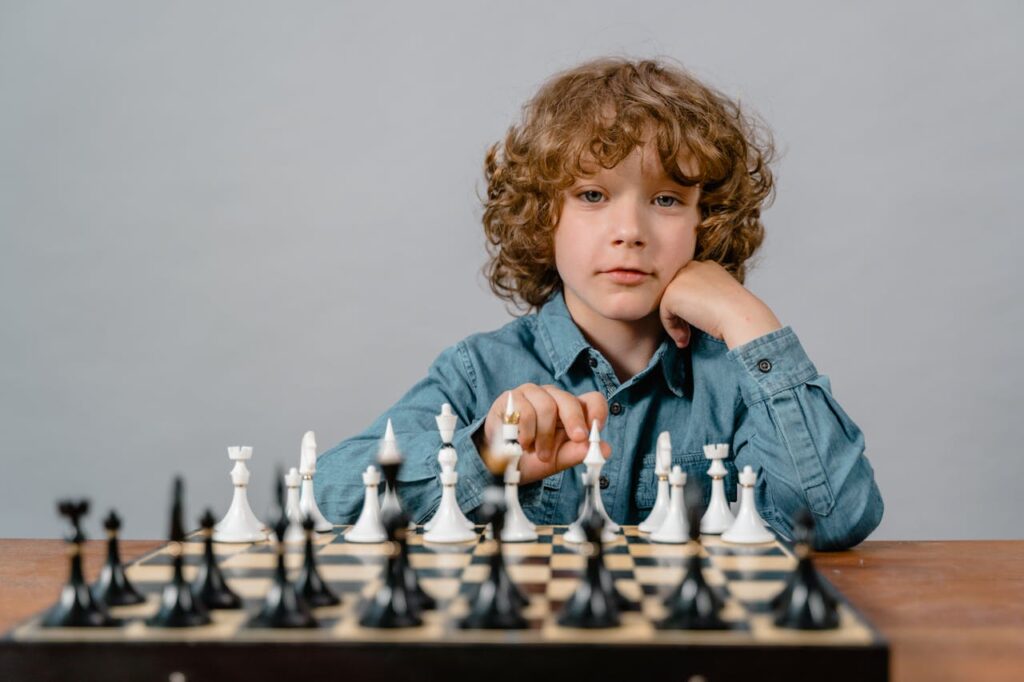
Board games are a fantastic way to combine fun with learning. Games that require strategy and math skills engage kids while teaching them important concepts.
Consider games like Monopoly, which helps with basic math through money management. Scrabble can also stimulate critical thinking and vocabulary, giving kids a chance to practice both math and language.
Other games like Ticket to Ride teach planning and spatial reasoning, making it entertaining and educational. These types of games encourage kids to think ahead and solve problems, all while having a great time.
Create a Reading Nook with Themed Weeks
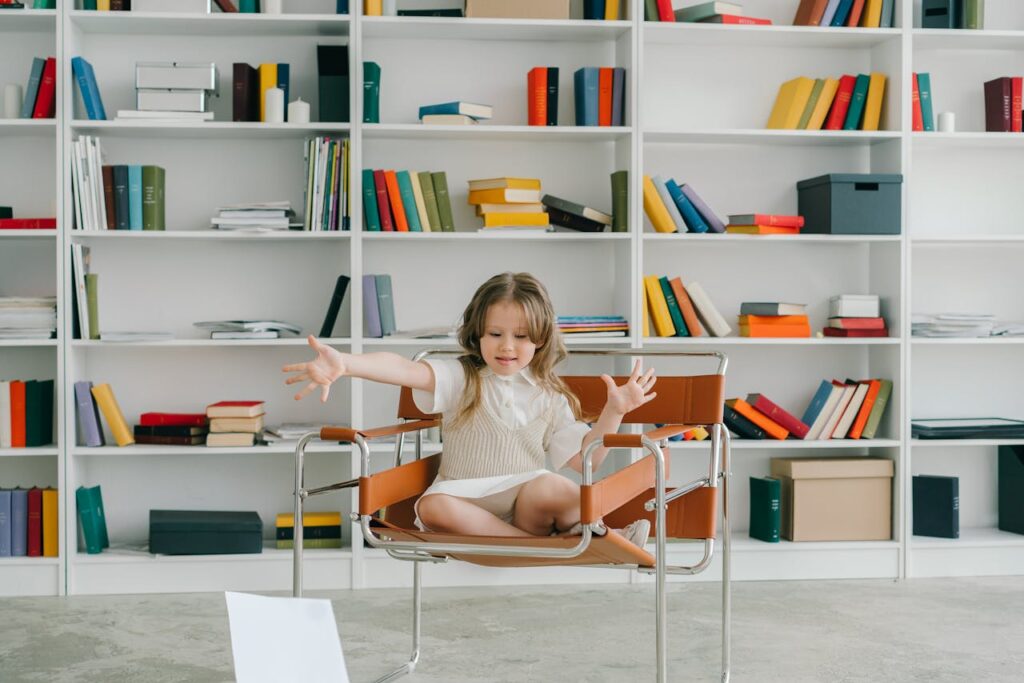
Transform a corner of your home into a cozy reading nook. Pick a theme for each week, like adventure or animals, to keep things fresh and exciting.
Add themed decorations and cushions to match. This visual change creates a sense of anticipation for your kids.
Choose books related to the theme. For instance, if it’s fairy tales week, fill the nook with classic stories and fun props.
Encourage your kids to dress up based on the theme. This makes reading feel like an immersive experience.
Rotate themes regularly, and watch your child’s enthusiasm for reading grow!
Design a Simple Weekly Quiz Show for the Family
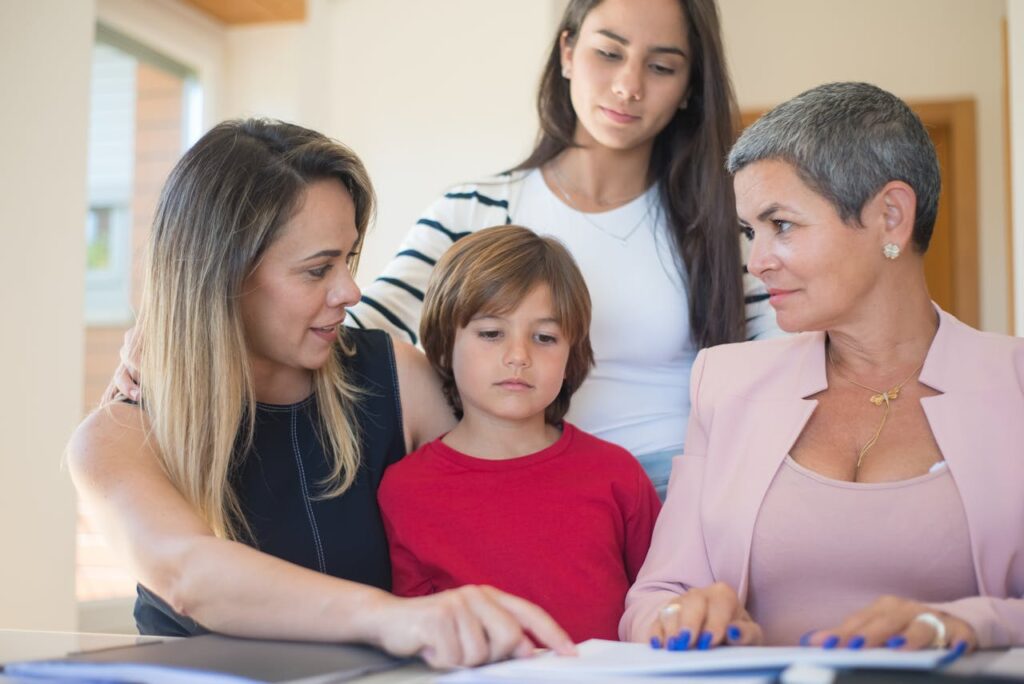
Creating a weekly quiz show can be a blast for everyone. Start by picking a few categories that your family loves, like animals, movies, or history.
You can come up with questions together or find fun trivia online. Keep the questions varied to keep things interesting.
Set a time each week to gather, perhaps on a Friday night or Saturday afternoon. Use household items as buzzers; get creative with what you have!
Keep score and maybe offer a small prize for the winner. This way, learning feels like a game, and everyone stays engaged.
Build vocabulary with word games like Boggle
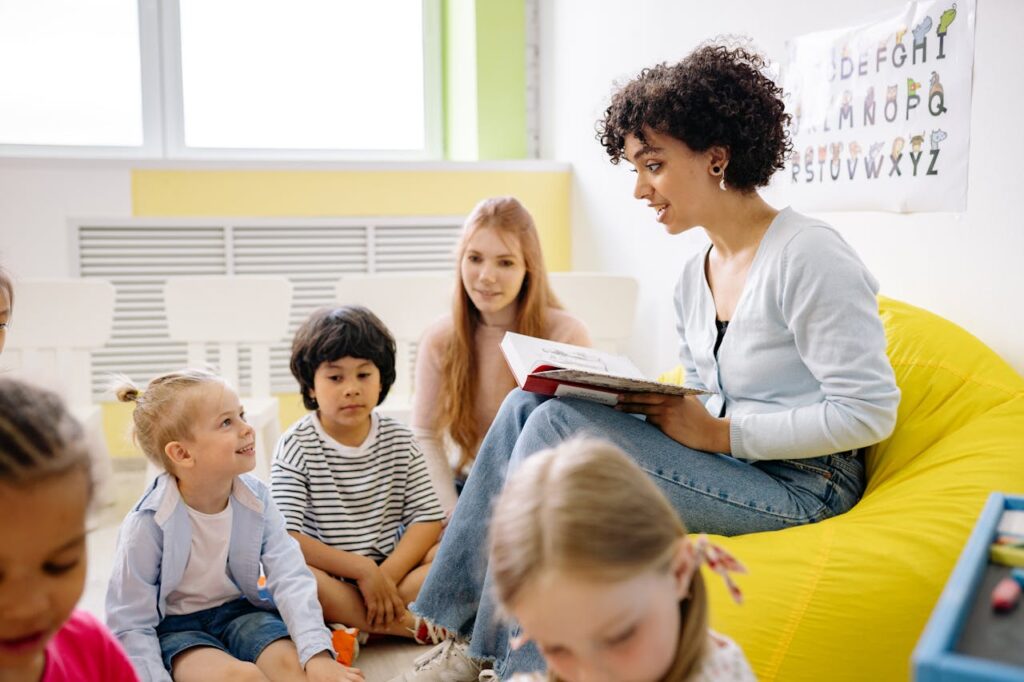
Boggle is a fantastic way to build vocabulary while having fun. You shake a cube filled with letters and then race against the clock to find words hidden in the mix.
This game helps kids practice spelling and word recognition. The excitement of competition adds an extra layer of engagement.
You can easily play Boggle at home, making it a versatile choice for family game night. Plus, you can adapt the rules to suit different ages and skill levels.
Encourage your kids to think creatively as they search for words. They’ll enjoy the challenge and expand their vocabulary without even realizing it!
Engage in Role-Play for Historical Events
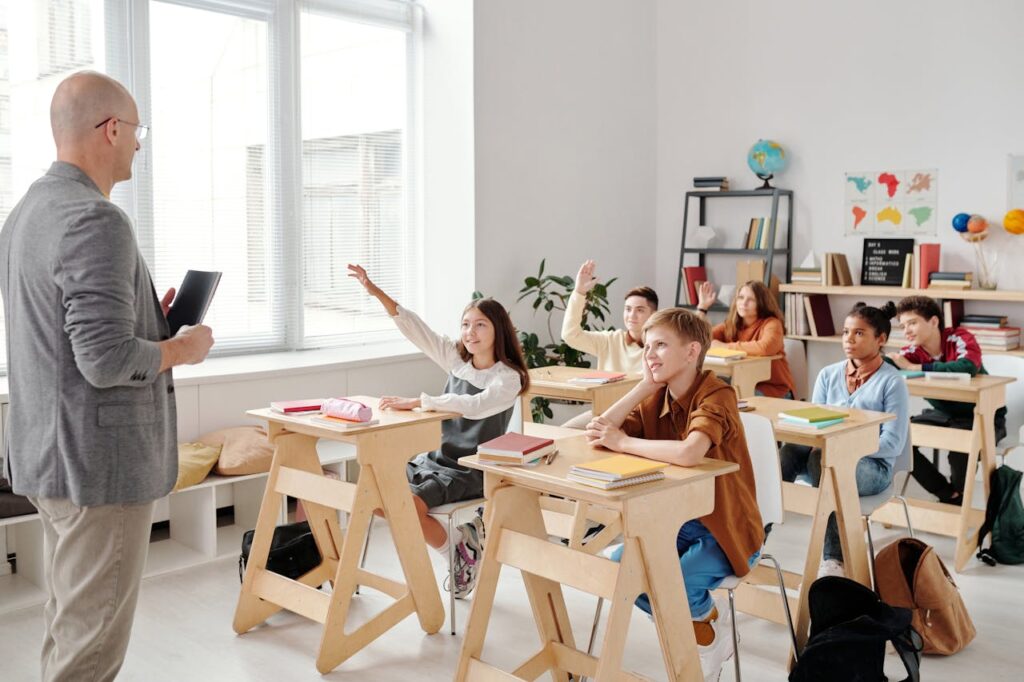
Role-playing historical events can breathe life into your lessons. You can dress up as famous figures and reenact significant moments. This hands-on approach makes history feel real and exciting.
Gather some simple costumes from around the house. Use old clothes, props, or even crafts to create a memorable experience. This activity fosters creativity and teamwork while learning.
Encourage your kids to research their characters. They’ll gain a deeper understanding of different perspectives and motivations. It’s a fun way to remember important historical lessons.

